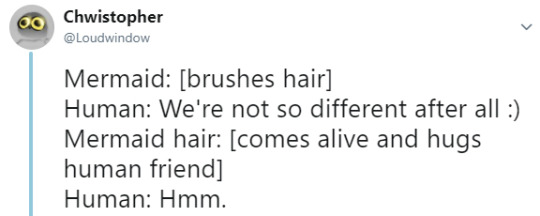side-blog to collect inspirations for writing projects
Don't wanna be here? Send us removal request.
Text
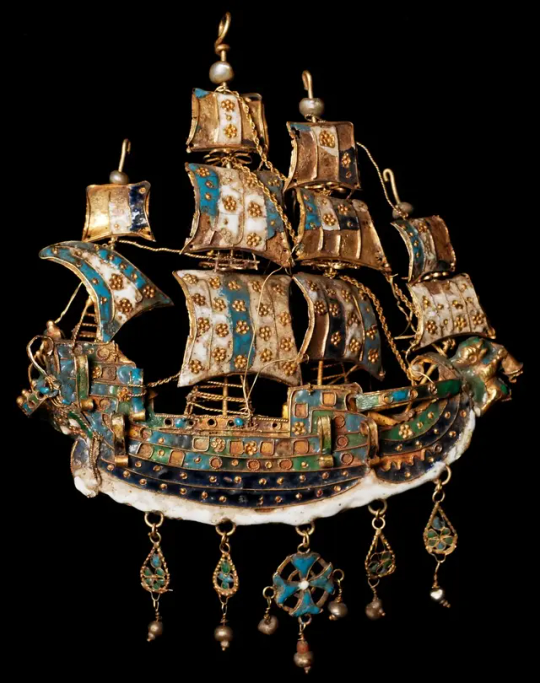
Gold pendant with pearls in the shape of a caravel, Patmos, Greece, 17th century
4K notes
·
View notes
Text
25K notes
·
View notes
Text

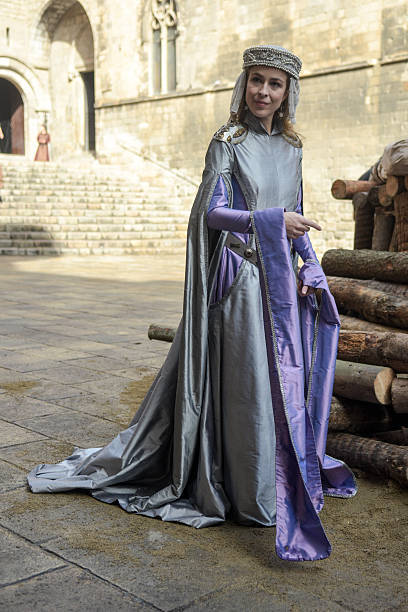

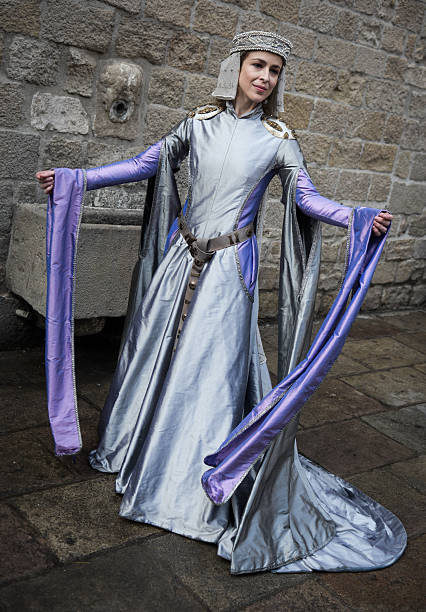
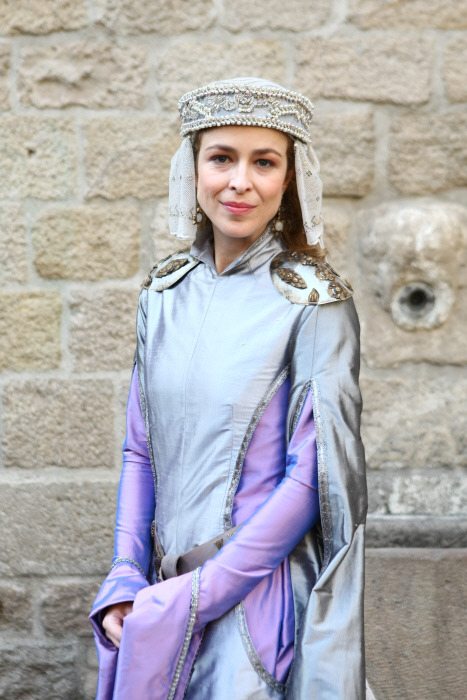




Elionor (Susana G. Esteban) Blue and purple gown.. Cathedral Of The Sea (2018).. Costume by Pepe Reyes.
19 notes
·
View notes
Text

L'Etoile du Roy in a battle with L'Hermione off St. Malo 2016
155 notes
·
View notes
Text


Hand and a half sword, Germany, circa 1510
from The Victoria & Albert Museum
1K notes
·
View notes
Text




HMS Leopard, 1780 - HMS Surprise 1796 - HMS Beagle 1831 - Cutty Sark 1869, by Tony Fernandes (active since 1986-)
664 notes
·
View notes
Text

Dagger with ornate brass hilt, Europe, 19th century
from Czerny's International Auction House
254 notes
·
View notes
Text
Medicine in the (Post-Apocalyptic) Wasteland: 1 / ?
Hey everyone. I get so many asks about post-apocalyptic scenarios that it’s I’m going to build you a series of posts, dealing specifically with medicine after the collapse of civilization.

Yes, this borders on sci-fi. Yes, a lot of things will be very different in your story, depending on the hows and the whys and the social structure that exists after the apocalypse. Things will also be incredibly different based on when your story is set, because things will likely collapse in a particular order. So your story is going to change a lot depending precisely when you’re writing about, in relation to The Catastrophe (of whatever type).
The difference between this and sci-fi asks is that there is very much an area of medicine devoted to this type of care. It’s called Austere Medicine, AKA Wilderness Medicine. It’s studied. There are resources. There are people who work in villages that may not have had an apocalypse, but have limited funds, access to power, access to diagnostics, access to drugs, and they do it every day of their lives. This is sci-fi with modern parallels. This is interesting.
For the purposes of this article, we’re assuming two major problems: no / extremely limited electricity, and no / extremely limited gasoline.
That first one throws out most of modern medicines. Hospitals. Surgeries. MRIs, CT scans, even the humble X-ray goes by the wayside. Providers have to go back to doing medicine with their hands and with their ears.
Oh, and a lot of people are going to die.
Enter Dani Disaster.
She’s smart, but moreover she’s resourceful, and she can think outside the box that modern medicine has tried to put her in. Maybe she was a doctor, or a nurse, or a paramedic. Now she’s a healer, a Jane-of-all-trades of medicine. She barters for what will help people in the short term, and shakes her head and sighs when she realizes she can’t help a lot of the people she used to be able to.
One thing I want to mention is that Dani will definitely want to keep someone around, preferably an intimidating, armed someone, to protect her. Because people will want things from Dani; everything from begging her to fix their dying-of-something-she-can’t-fix husband, to demanding she be personal medic to the Warlord King (or whatever brute is rising to power in your world).
The First 6 Months

Most people don’t have more than a month’s worth of their medication on hand. Even most pharmacies would run out of the most popular life-saving medications inside of a month or two, assuming they aren’t simply raided by bandits. And in a world without gasoline, the odds of restock are very, very low.
That means no blood pressure medications, no blood thinners, in an ever-increasingly-stressful world. That means no insulin for diabetics, no immunosuppressants for those with autoimmune diseases, no antiepileptics for those with seizure disorders, no antibiotics for septic patients. No pressors to give and no pumps to hang them on. Even IV fluids, literal salt water, will run short.
I will be straight up with you all, keyboard-mashers: a lot of people will die in the first 6 months of an apocalypse, and I’m not even talking from the fighting. I’m not even talking about starvation. I’m just talking about chronic illness. Heart attacks. Diabetes. Blood clots. Strokes. I’m talking about the elderly, who can barely make it a block to the store. I’m talking about serious respiratory patients who need steroids and who have serious trouble walking distances. Cancer patients won’t get chemo, or radiation, or maybe even food. Patients with HIV will run out of antivirals, and then run out of T cells, and die from the common cold.
There are going to be a lot of deaths in the first 6 months after the apocalypse, friends, and it will be ugly as hell. Remember that for most of human history, the lifespan was about 40 years. In a world without organized medicine and the pharmaceutical processes to make medicine, there’s precious little that can be done to expand the lifespan.
Congratulations: You’re the Surgeon. And the Infectious Disease doc. And the Midwife. And the Wound Care Specialist. And the Anesthesiologist. And the…
Look, healthcare is a wide field, and no one person is going to be good at everything. No one person is actually interested in everything, either. There is no one type of healthcare provider who can do everything, although Emergency Medicine docs probably come the closest; and before The Thing That Happened, Dani may have been an ICU nurse, tweaking ventilators, or a paramedic who’d never thrown a stitch before, much less amputated a badly gangrenous leg.
What I’m saying here is, there’s a learning curve for the actual technical things she’ll need to do, in addition to re-learning how to do everything with nothing. And some of it might be way, way outside her wheelhouse, especially at first.
Six Months to Five Years: The Rise of Dani Disaster

If Dani is lucky, and she gets to the raiding of pharmacies early on, she’ll stock up. On anything she can get, of course, but especially on three things: antibiotics, analgesics and sedatives. Why? Because they’re what will save lives and be useful as hell for trading. Here’s why:
Antibiotics: infection will probably be the single group of preventable deaths that are worth looking at, from a supply-vs-life-years-saved perspective. A single course of antibiotics will save someone’s life, but a diabetic will need insulin, every day, for decades. Also remember that with system breakdown comes water supply breakdown, which means a return of diseases like typhoid and cholera and diptheria and polio.
Antibiotics are an art all of their own, but frankly, they’re boring. Broad-spectrum antibiotics will be most useful; including amoxicillin/Augmentin, Cefaclor, Keflex, Levaquin, erythromycin or clarithromycin or azithromycin, Cipro, or doxycycline.
Oral antibiotics are going to have benefits over IV antibiotics, for a number of reasons, mostly portability and ease of administration; IV-only drugs haven’t been listed here. Some meds may come in a form that can be given IM; this may be helpful for conditions that severely upset the GI tract (and thus prevent people from absorbing them, because the pill will either go up or down, depending.)
The thing you have to realize is that in austere medicine, common things happen commonly. No one cares if your patient has a pulmonary embolism, or a cool dysrhythmia, because with complex conditions, one of two things are going to happen: They are going to get better, or they are going to die. Heart attacks, a major focus of modern medicine, are essentially untreatable without the risk of dying.
Instead, the most important things Dani will be treating are things that, in the developed world, should be handled in urgent care clinics: gastroenteritis (the shits) and broken bones and infected wounds and yeast infections. A friend of mine went to Haiti after the quake, and within 24 hours she could diagnose a yeast infection by the way a woman was walking.

Diflucan. She will need LOTS OF DIFLUCAN.
(It’s worth noting that Haiti was very hot and very humid, which is where fungi like to grow; other areas may see other climates, and thus less yeast infections.)
Analgesics: If she’s smart, Dani will take anything she can beg, borrow, or steal. Common, over-the-counter meds like Advil/ibuprofen and Tylenol/acetaminophen/paracetamol, and pill opiates like Vicodin and Percocet and Morphine and Dilaudid. All of these have their place, but mostly this is a “whatever I can get” sort of a thing.
If Dani is really smart, she will go out of her way to find every bottle of ketamine in whatever hospital she raids. We’ve talked about ketamine before, but it’s worth mentioning again, in that it can be used to sedate the crazy, ease pain, or put someone under for short surgical procedures like an appendectomy or amputation. (It’s also a single agent; it controls pain and causes sedation. It doesn’t act as a paralytic, but hopefully she won’t need one).
Lidocaine in a Big Fucking Bottle is optional but beneficial for topical procedures, wound care, suturing, etc.
However, all of these things will eventually run out, no matter how judicious she is about using them. And that’s when we get to….
Five Years Plus: Back to Herbalism It Is

There are a lot of allopaths–those who practice Western medicine–that believe herbalism is complete and utter horseshit. I am not one of those people. A lot of medications have their origins in natural remedies and plants, and herbalism is how we treated, well, everything, for quite some time.
The poppy plant begat opium, which begat laudanum, heroin, morphine, and fentanyl. The foxglove plant (digitalis) begat, Digoxin, whose actual name is digitalis. Curare is one of the original paralytics used for surgery. The list goes on and on.
Now, an allopathic education doesn’t typically lead to an in-depth knowledge of medicinal herbs. But fortunately, there are these lovely things called books, and there are, in fact, some really good ones on this topic.

My personal medical-herbalism reference is James A Duke’s The Green Pharmacy (Amazon link, but available everywhere; not an affiliate link). The author ran the medicinal herb research at the US Dept of Agriculture for a good long while, and the best part about his book is that it is organized by disease (so you don’t have to read about 5,000 plants to find one that treats allergies), and he grades his evidence base for each recommendation. However, there are also field guides to medicinal plants.
Once the allopathic meds run out, Dani Disaster is going to become, basically, a witch doctor, without the witchy aspects. (Or with, depending on her faith and whether or not she practices the craft; no one is judging here.)
She’s going to have a garden of medicinal herbs, and she’s going to learn to prepare poultices and teas and tinctures and creams. Basically, she’s going to bring an allopathic ideology back to herbalism, preferably with some form of evidence base. Willow bark tea is going to be a Big Deal™, because willow bark tea contains an active ingredient very similar to aspirin.

But she’s also going to have to be, in part, a home chemist. If she does enough research she can learn how to make her own ethyl alcohol, aka ethanol, aka boozeahol, but this can be used as a disinfectant and antiseptic. (Hell, in a pinch regular ol’ wine can be used to clean out wounds, apparently.)
She can also learn to make her own bleach, her own IV fluids (0.9% Normal Saline, anyways), her own oral rehydration solution (aka Pedialyte / Gatorade), and perhaps even her own ether, which is a crap anesthetic but better than nothing.

That’s It…. For Now
This is just a small snippet into the world of austere medicine. (Be careful with Google searches on this topic; Doomsday Preppers are very, very scary and their websites can be… uhhh….. ill-informed.) There’s still plenty more to talk about, so stay tuned for more posts! (I’m especially drooling over the idea of writing a post on the ethics of medicine in the austere environment–stay tuned!!)
I hope this was useful, but remember also this poem by the greats of old:
When the world ends, now is the time to be sure I read the disclaimer.

See you in the wasteland. xoxo, Aunt Scripty
6K notes
·
View notes
Photo










Bailey Henderson Sculpts Mythological Beasts Based Off Illustrations In Medieval Maps
An avid enthusiast of mythology and cartography, Toronto-based artist Bailey Henderson sculpts the fearsome sea creatures depicted on medieval and Renaissance-era maps. She brings her bronze sculptures to life with acrylic paint and powdered pigment, creating dimensional versions of the mythical beasts sailors once feared. There’s Ziphius, a bird-faced orca rumored to slice boats in half with its dorsal fin; the cockatrice, a rooster-dragon known to kill by breathing on its victims; and the pinniped, a dog-like seal with protruding tusks. Henderson’s work is often whimsical and humorous, and brings with it a bit of history that makes it all the more fascinating.
13K notes
·
View notes
Photo

A really old South Saami belt, made in 1705, close to where my family is from.
123 notes
·
View notes
Photo



Skeleton Dance Costume with Stag Mask
Date: late 19th or early 20th century
Culture: Tibet
4K notes
·
View notes
Photo
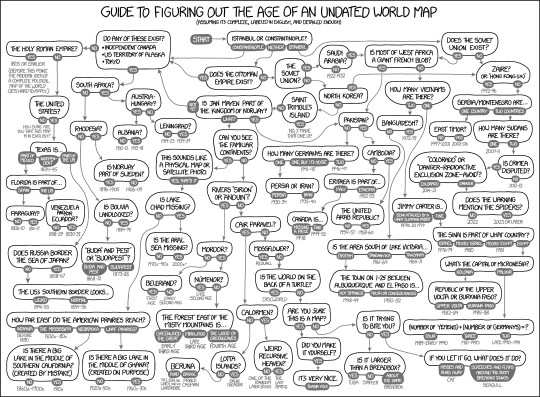
Guide to Figuring out the Age of an Undated World Map.
252K notes
·
View notes





